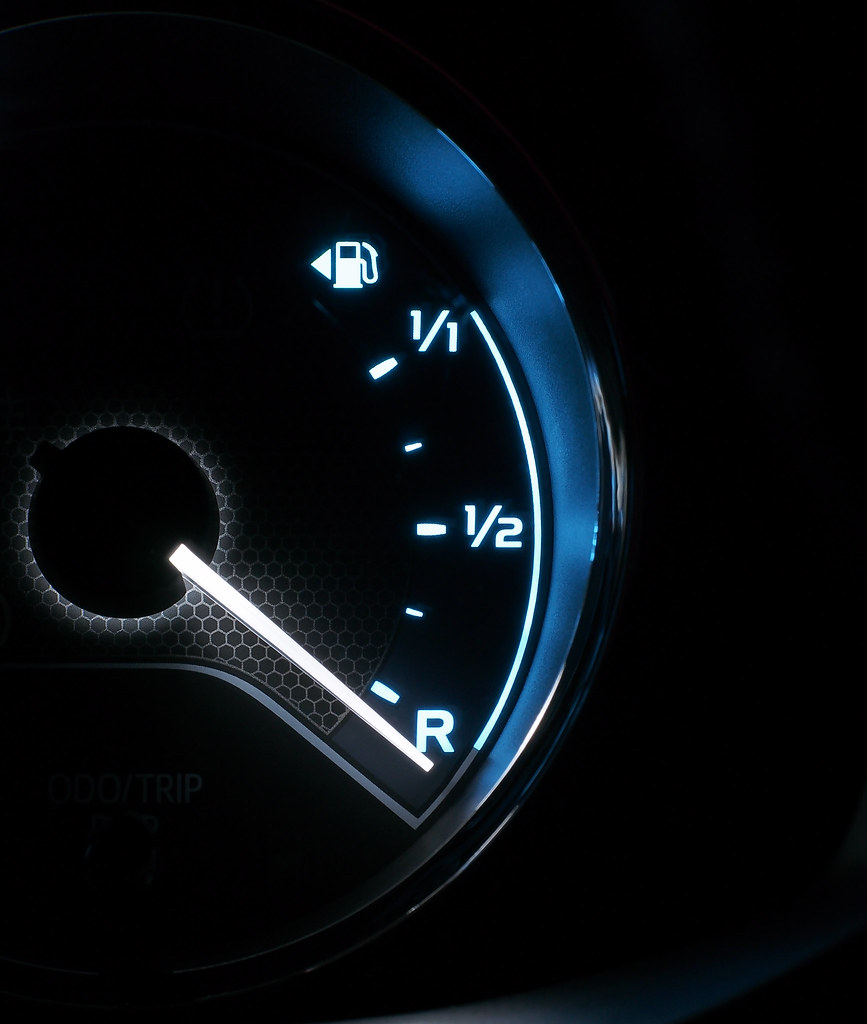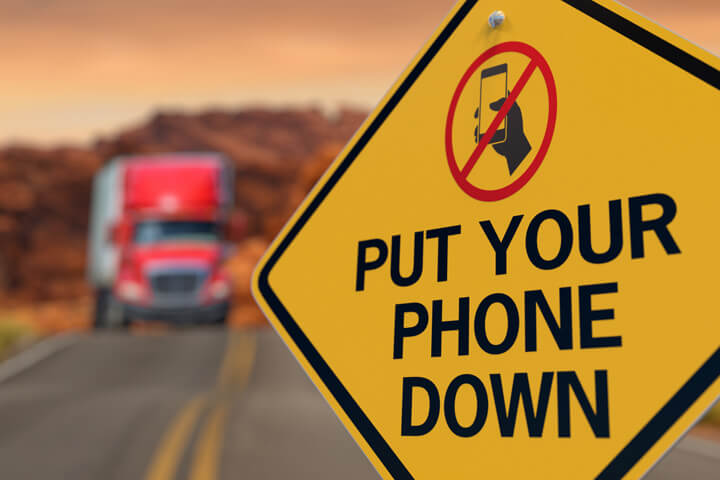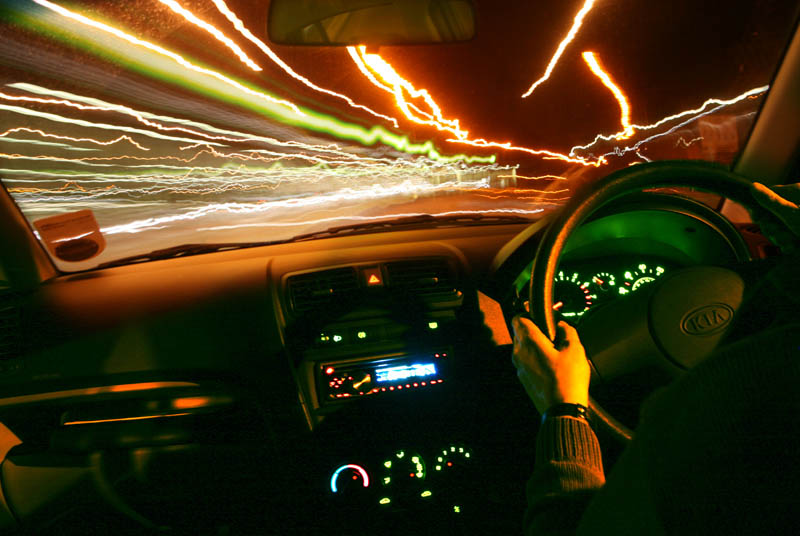Fuel-efficient driving may save you hundreds of dollars in gasoline each year, enhance road safety, and prevent vehicle wear. Use these five fuel-efficient driving strategies to reduce your automobile’s fuel consumption and carbon dioxide emissions by as much as 25%.

1. Accelerate Gently
You use more gasoline when you accelerate. By slowly pressing the accelerator pedal in the city, you may use less gasoline. To be as fuel-efficient as possible, take 5 seconds to raise your car to a speed of 20 kilometres per hour from a stop. On the dashboard, imagine an open cup of coffee. Don’t spill it!
2. Maintain a Constant Speed
When your speed fluctuates and spikes, you consume extra gasoline and spend more money than you need to. Tests have shown that altering your speed up and down between 75 and 85 kilometres per hour every 18 seconds can result in a 20 per cent increase in fuel consumption.
When you’re on the road, utilize cruise control for highway travel when conditions allow. However, keep in mind that little changes in speed might be beneficial under gravity’s influence. Allow your speed to fall as you ascend a hill and then regain momentum as you roll down the other side.
3. Anticipate Traffic
Keep a safe distance between your car and the vehicle in front of you, whether you are driving ahead or looking behind. and maintain a constant speed by paying attention to what pedestrians and other vehicles are doing and predicting what they’ll do next. It’s also safer to drive this way.

4. Avoid High Speeds
Maintain a safe distance from the vehicle in front of you, and save money on gas! When travelling between 50 and 80 kilometres per hour, most automobiles, vans, pickup trucks, and SUVs are the most fuel-efficient. Above this speed zone, cars use more petrol as they go faster.
As a case in point, a vehicle that travels at 120 kilometres per hour uses 20% more gasoline than one that travels at 100 kilometres per hour. On a 25-kilometre journey, this difference in speed—and fuel consumption—would shave just two minutes off your travel time.
5. Coast to Decelerate
When you apply your brakes, you lose your forward momentum. You can often predict when it’s time to slow down by monitoring how other drivers are behaving. By taking your foot off the accelerator and coasting to decelerate rather than using your brakes, you will save fuel and money.



